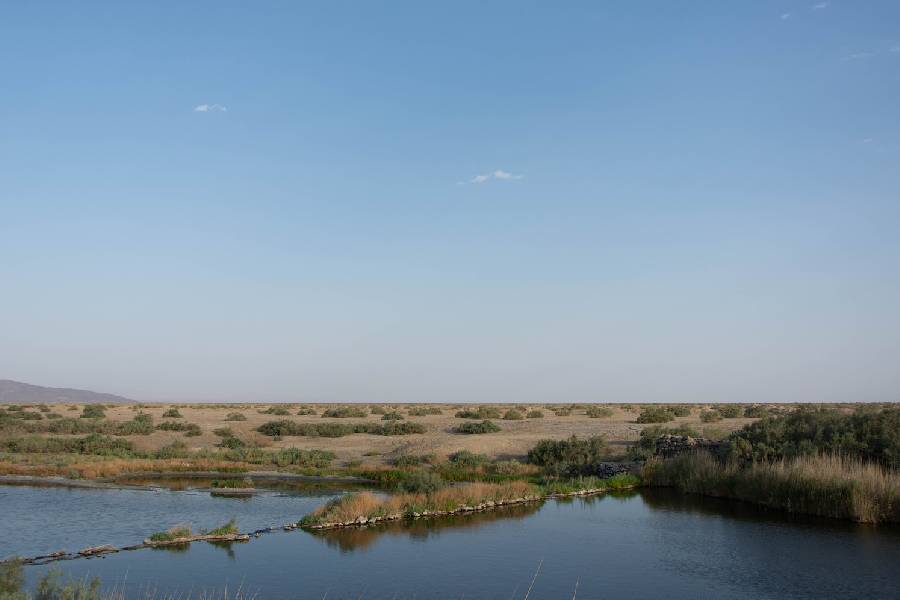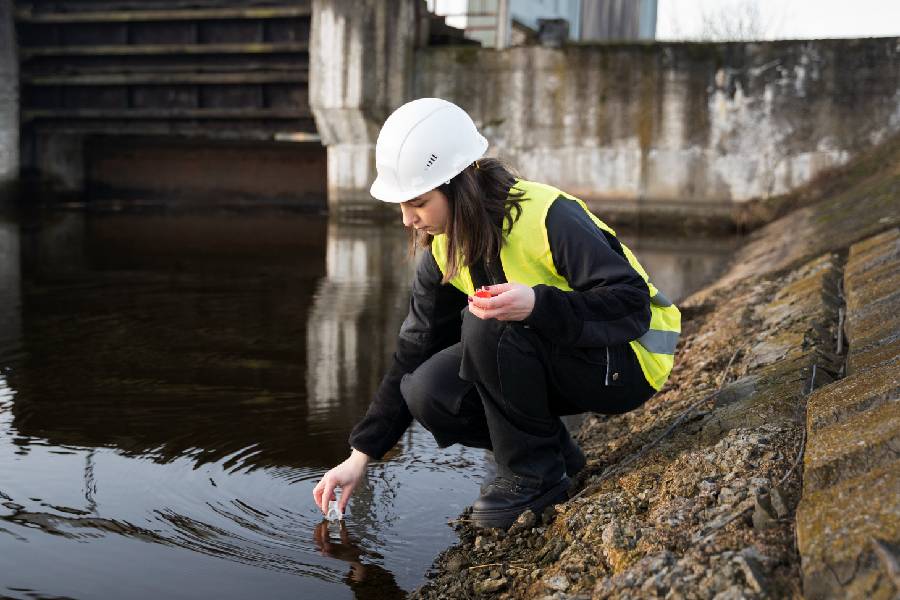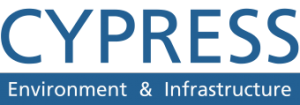Wetlands hold a unique place in nature. These vital ecosystems teem with life, support countless species, and play an indispensable role in maintaining our planet’s ecological balance. However, the delicate balance of wetlands often faces threats from human activities and development. So, there is a crucial solution – Wetland mitigation. But what is wetland mitigation banking?
In this article, we’ll explore the complexities and untapped potential of wetland mitigation. We will also illuminate the path towards sustainable wetland conservation. By the end, we hope you’ll not only grasp the intricacies of wetland mitigation but also appreciate its key role in safeguarding our natural heritage.
Beyond just offsetting harm, could carefully restoring wetlands heal both landscapes and communities? Let’s discover!

What Is Wetland Mitigation?
Wetland mitigation, often referred to as wetland compensation or wetland offsetting, is a proactive strategy. It is employed to counteract the adverse impacts of development on wetlands.
Wetland mitigation is a process that aims to replace or restore wetland functions and values lost due to human activities, such as construction, agriculture, or urbanization. This practice involves a series of deliberate actions designed to achieve a net ecological gain in wetland quality and quantity.
Strategies for Wetland Mitigation
Wetland mitigation strategies come in various forms, each tailored to address specific environmental challenges. Understanding these different types of mitigation is essential for effective wetland conservation.
On-site mitigation
On-site wetland mitigation refers to efforts made to offset the loss of wetlands directly within the development or construction site. In this approach, wetlands are created or restored in close proximity to the impacted area.
At Cypress Engineering, we often prefer on-site mitigation as it can result in quicker ecosystem recovery and improved connectivity with existing wetlands.
Off-site mitigation
Off-site wetland mitigation involves creating or restoring wetlands at a location different from the impact site. We choose this approach when on-site mitigation is not feasible due to site constraints or when off-site mitigation can result in more significant ecological gains.
It may involve improving wetlands in a nearby location, contributing to a larger, interconnected wetland network.
In-lieu fee programs
In-lieu fee programs provide an alternative to on-site or off-site mitigation. Here, project developers contribute to a fund managed by a governmental or non-profit organization.
This fund finances wetland restoration or creation projects elsewhere, ensuring a net ecological benefit. In-lieu fee programs offer flexibility and can be a practical solution for projects facing mitigation challenges.
Wetland Mitigation Process
The wetland mitigation process is a comprehensive series of steps designed to effectively offset the loss of wetlands while maintaining ecological balance.
1. Preparing for mitigation
This initial phase involves conducting thorough site assessments, feasibility studies, and ecological surveys. It determines the appropriate mitigation type and location, ensuring the chosen mitigation strategy aligns with the specific wetland loss.
2. Implementation and monitoring
The implementation phase includes carrying out the mitigation activities according to the approved plan. This stage requires diligent work in creating, restoring, or enhancing wetlands. Monitoring and assessment are vital during this period to track progress and make any necessary adjustments.
3. Long-term management
At Cypress Engineering, we realize that wetland mitigation is not a one-time effort but an ongoing commitment. Long-term management includes ensuring the sustained health of the mitigated wetlands, maintaining ecosystem functions, and addressing any unforeseen challenges. This phase is crucial for the lasting success of wetland mitigation projects.
Understanding the various types of mitigation and the intricacies of the mitigation process is essential for effective wetland conservation and environmental stewardship. It reflects the interdisciplinary approach needed to balance development and ecological preservation.

Legal Framework
Wetland mitigation operates within a complex legal framework overseen by several regulatory agencies at the federal, state, and local levels. These agencies ensure that wetland mitigation projects comply with environmental laws and regulations. Understanding their roles is crucial for navigating the mitigation process effectively.
U.S. Army Corps of Engineers (USACE)
The USACE administers the federal Clean Water Act, which regulates the discharge of dredged or filled material into the waters of the United States. It is vital in permitting wetland impacts and managing mitigation requirements.
Environmental Protection Agency (EPA)
The EPA partners with the USACE to establish the Clean Water Act’s regulatory framework. It provides guidance and support to ensure that water quality standards are maintained during mitigation efforts.
State Regulatory Agencies
Each state in the U.S. has its regulatory agency responsible for enforcing wetland protection laws and issuing permits for wetland impacts. These agencies work in coordination with federal counterparts to manage wetland mitigation.
Local Authorities
In addition to federal and state agencies, local governments often have their regulations and permits related to wetlands. These authorities focus on managing wetlands at the municipal level and may have specific requirements for mitigation.
Laws and Permits
Various laws and permits come into play at different levels of government to protect wetlands and guide mitigation activities. Understanding these legal aspects is essential for project developers and environmental consultants involved in mitigation efforts.
- Clean Water Act – The primary federal law governing water quality, including wetlands protection. It provides the legal basis for regulating activities that impact wetlands.
- Section 404 Permits – The USACE issues permits for activities that involve the discharge of dredged or filled material into wetlands. These permits often require mitigation to offset any wetland losses.
- State Laws and Regulations – Each state has its own set of laws and regulations related to wetland protection and mitigation. These can include specific permits, procedures, and requirements for mitigating wetland impacts.
- Local Ordinances – Local governments may have ordinances that address wetland protection and mitigation. These include zoning laws, land-use planning regulations, and specific permitting processes for wetland-related projects.
Compliance with this legal framework is fundamental in ensuring that wetland mitigation projects meet environmental standards and contribute to the overall preservation of these critical ecosystems. Environmental consultants and project developers must work closely with regulatory agencies to secure the necessary permits and approvals.
Integrating Engineering Expertise With Wetland Mitigation
Wetland mitigation is a multidisciplinary effort that hinges on the integration of ecological insights and engineering proficiency. Our civil engineers play an important role in this collaborative approach, closely cooperating with ecologists, hydrologists, and other experts. Together, they craft comprehensive solutions that effectively restore or create wetlands while meeting stringent regulatory and environmental standards.
Our team contributes technical prowess in surveying, soil mechanics, structural design, and construction management. These skills are instrumental in the intricate task of emulating or enhancing wetland ecosystems. This ensures the outcome mirrors the natural wetlands closely.

Conclusion
What is wetland mitigation? It is crucial in harmonizing environmental conservation and infrastructure development. We hope you have realized that wetland mitigation is more than just a concept; it’s a tangible path to protecting our natural heritage.
As you’ve learned, the balance of interests, the integration of science and technology, and the commitment to sustainable practices can lead us toward a future where wetlands thrive alongside our expanding world.
At Cypress Engineering, we remain dedicated to this journey, knowing that each step we take in wetland mitigation is a stride toward safeguarding these vital ecosystems. With that, we invite you to be part of this collective endeavor, ensuring wetlands mitigate not just the challenges they face but also the way forward to a sustainable future.
